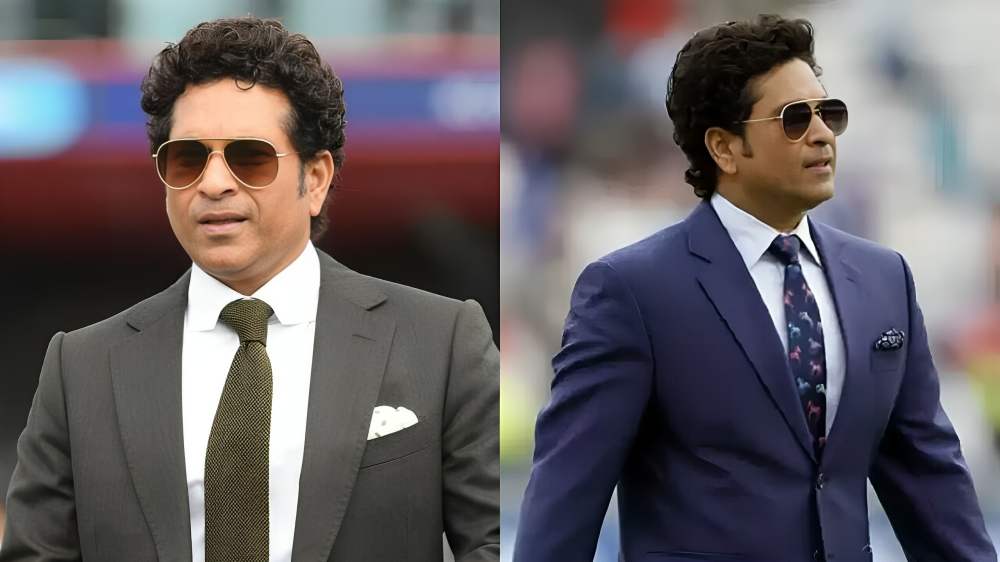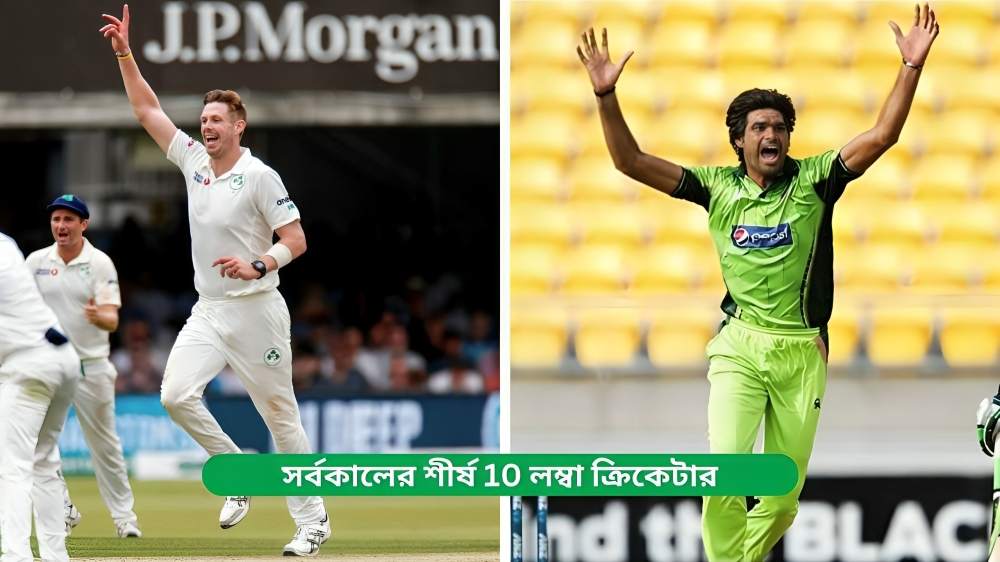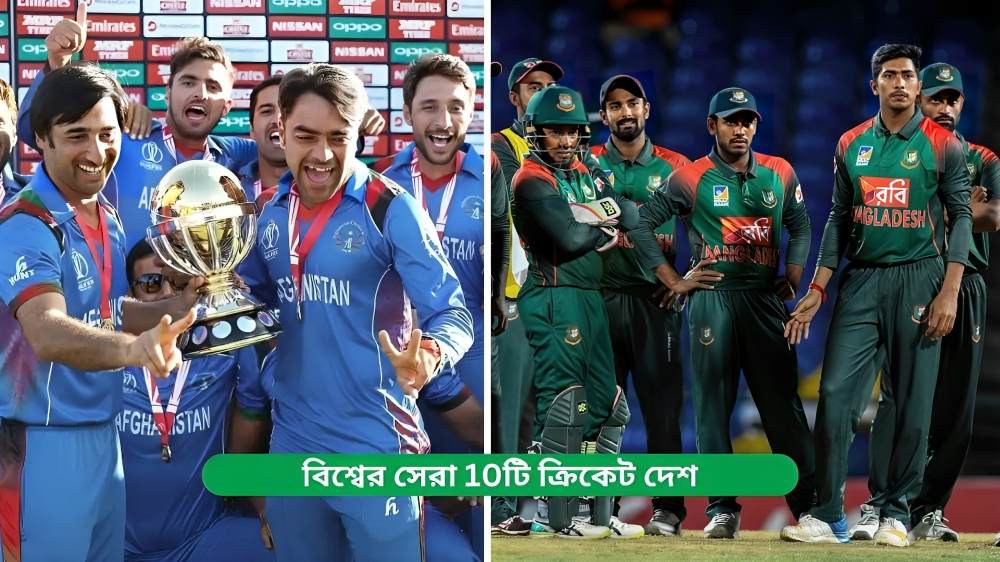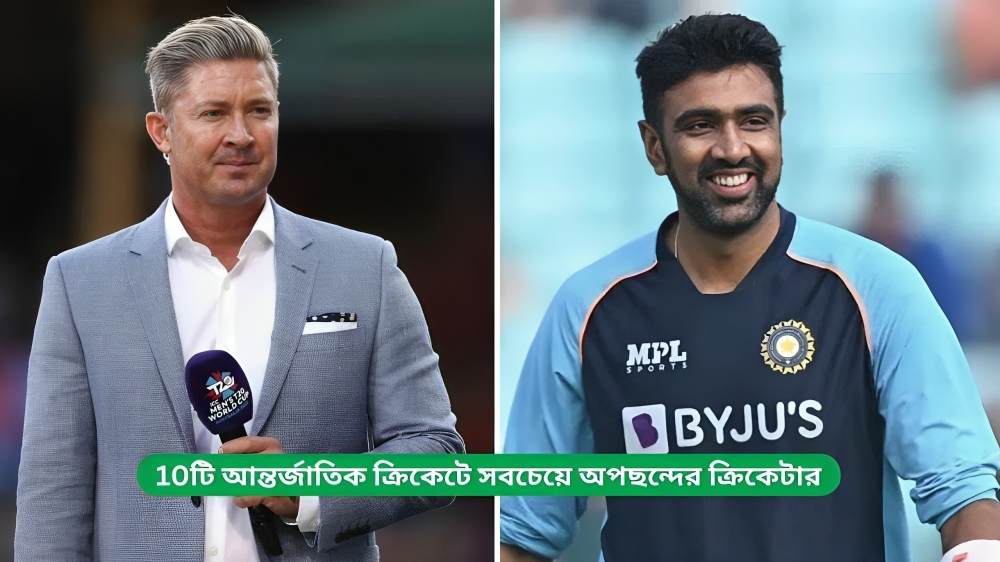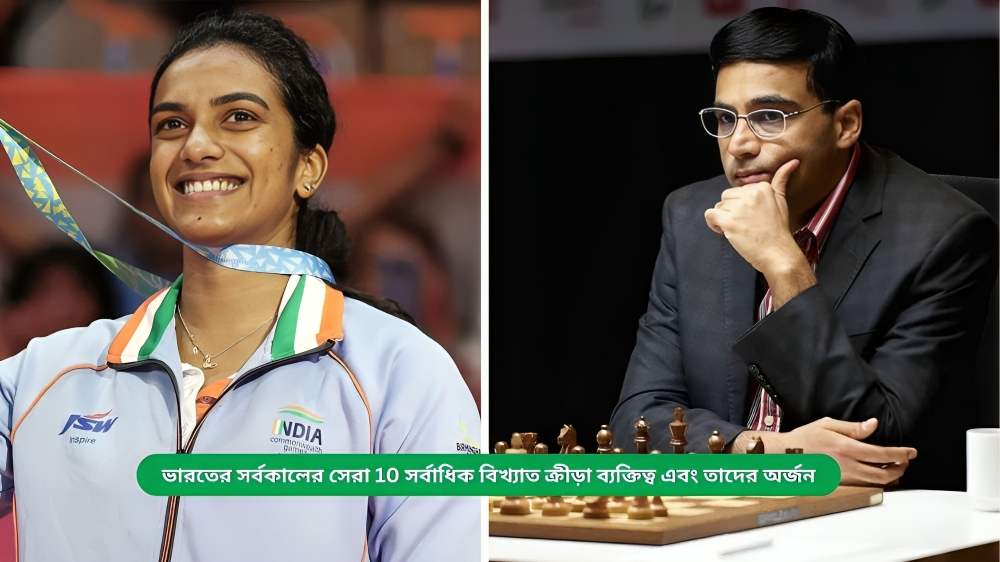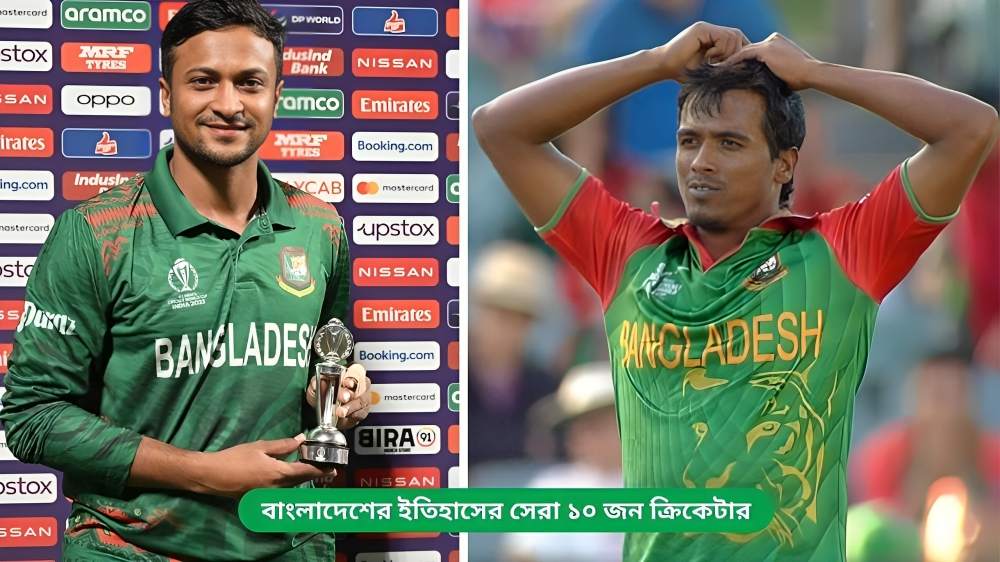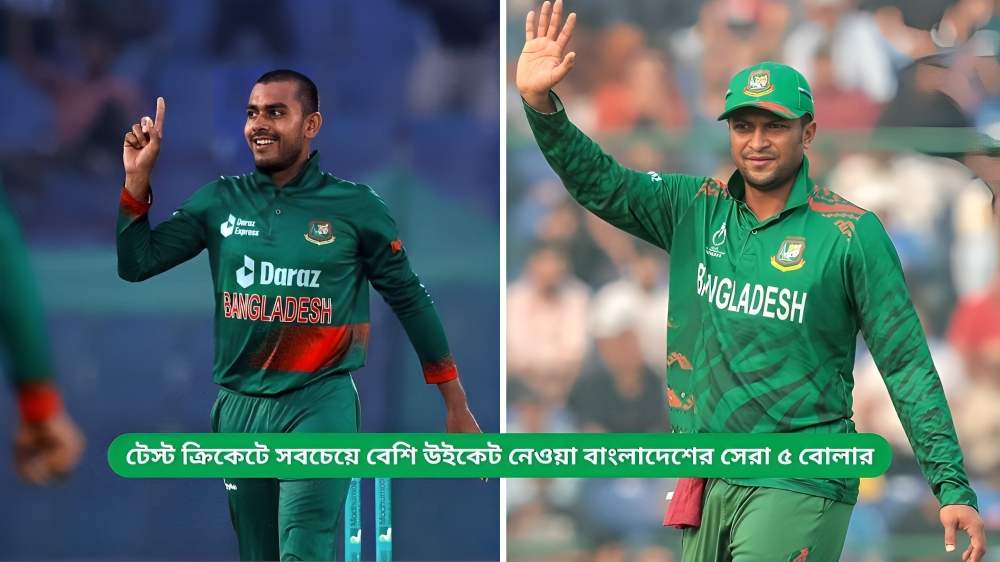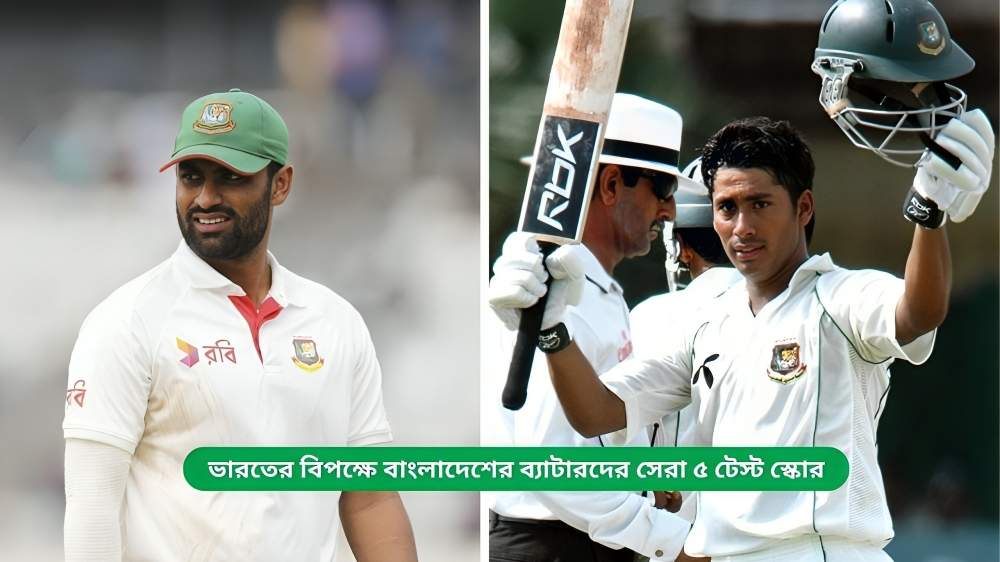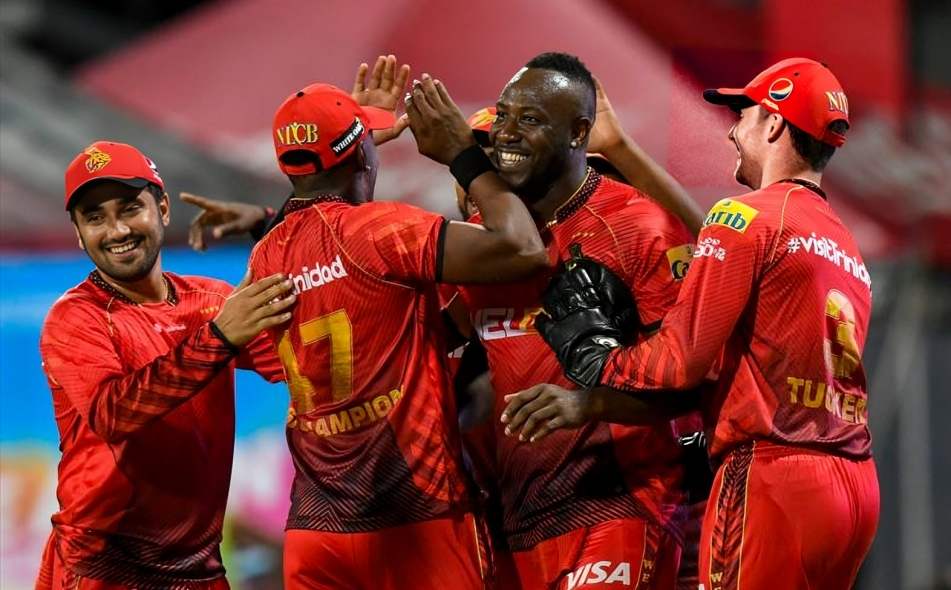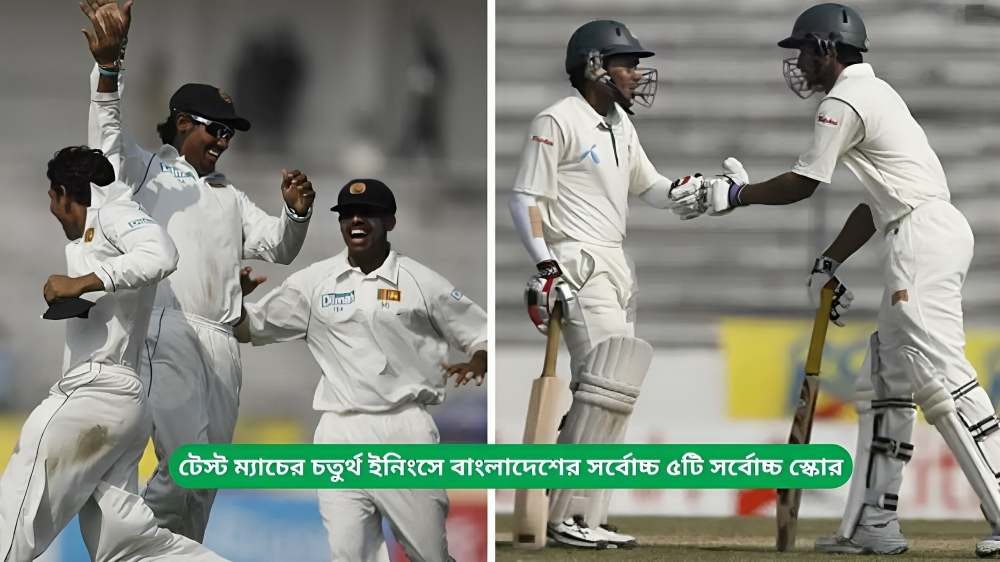Cricket, traditionally a game between two teams, has evolved in various formats over time. The standard format sees two teams, one batting while the other bowls and fields. However, the notion of three teams playing in the same match, while unusual, has been explored occasionally in experimental formats, especially in tournaments and exhibition matches. This article delves into the concept of three teams participating in a single cricket match, highlighting historical instances, rules, and other formats that have tested this idea.
The Idea of Three Teams in a Cricket Match
In traditional cricket, the format is fairly straightforward: two teams, with one team batting and the other bowling and fielding. The game involves a series of overs (typically 20, 50, or 90 overs depending on the format) with the roles switching between the teams after the first team is dismissed or completes their overs.
However, the idea of three teams has been an experimental concept. There have been a few innovative formats and one-off events where three teams have participated in a match. The primary motivation behind such formats is to create an exciting and unpredictable game, while testing the adaptability and strategy of players.
Key Instances of Three Teams in a Cricket Match
The concept of three teams in a cricket match is relatively rare, but it has surfaced in the form of a few experimental formats and exhibition games. The idea is typically inspired by the desire to break away from the traditional two-team structure and create a unique, high-action environment.
1. The “Three-Team” Format in 2017 – Pakistan’s “Three-Team” T20 Series
One of the notable instances where three teams played together in a single match took place in Pakistan in 2017. In a three-team T20 series, the teams played in a unique format where teams faced each other in rotation during the course of the match.
- Format: Each team played against each other, but the game rules were adjusted so that each team would face off one by one in the match.
- Unique Rules: The game involved three different teams playing in three separate innings. Each inning had its own batting and bowling sides, and the match was structured in such a way that every team had a chance to play against the others.
| Team A | Team B | Team C | Result |
|---|---|---|---|
| 1st Innings: Team A | 2nd Innings: Team B | 3rd Innings: Team C | Team A won |
| Batting | Batting | Batting | Result Based on Scores |
2. The “Triangular Series” Format in Cricket
Although not involving three teams in the same match, a triangular series is a format that features three teams in a round-robin style tournament. In these events, each team plays against each other, with the top teams moving to the finals.
- Example: 2003 ICC Champions Trophy, where teams played against each other in a round-robin format. However, the teams only played individual matches, not in a single combined match.
- Structure: Typically, each team plays at least two matches against every other team, and the tournament concludes with a final between the top teams.
| Tournament | Format | Teams | Winner |
|---|---|---|---|
| ICC Champions Trophy 2003 | Round Robin + Final | Australia, India, England | Australia |
| Triangular Series 1998 | Round Robin | India, Sri Lanka, New Zealand | India |
3. Tri-Nation T20I Series (Example: 2020)
The Tri-Nation T20I Series often sees three teams in competition, but the games are played one by one, where teams alternate between batting and bowling. In a tri-nation series, each team faces every other team in individual matches rather than combining into a single three-team fixture.
| Series Year | Format | Teams | Winner |
|---|---|---|---|
| 2020 | Round Robin + Final | Ireland, West Indies, Bangladesh | West Indies |
| 2018 | Round Robin + Final | Sri Lanka, Bangladesh, Zimbabwe | Bangladesh |
How the Three-Team Format Would Work in a Single Match
In a theoretical three-team match, each team could be allotted specific roles within the game:
- Rotating Batting and Bowling Orders: Teams may rotate between batting and bowling. For example, in the first phase, Team A bats while Team B bowls. Then, in the second phase, Team C bats, and the match continues with all teams facing off against each other.
- Multiple Innings: Each team could get a set number of overs (perhaps 10 or 15 overs each), creating a dynamic situation where teams must strategize against two opponents simultaneously.
- Points or Scoring System: The point system could be adjusted to factor in the cumulative scores of all three teams, making the final result dependent on who scored the highest across their innings against the other two teams.
- Dismissals and Partnerships: Teams would need to think creatively about how to dismiss players from the other two teams and form tactical alliances, as they would not have the same dynamic as a standard two-team match.
| Role | Team A | Team B | Team C |
|---|---|---|---|
| 1st Innings | Batting | Bowling | Bowling |
| 2nd Innings | Bowling | Batting | Bowling |
| 3rd Innings | Bowling | Bowling | Batting |
| Result | Based on combined scores from all three innings | Winner is decided after calculating total scores | Based on innings and points |
Advantages and Challenges of a Three-Team Match
Advantages
- Excitement: A three-team match adds unpredictability and excitement. With three teams involved, there are more variables in play, making the game more thrilling for spectators.
- Innovation: It introduces innovation in how cricket can be played, challenging players to think outside the box and adapt to new game dynamics.
- Tactical Play: Players would have to think of new strategies. For example, alliances may form between teams to counter the stronger team.
Challenges
- Complexity: With three teams, the logistics of batting, bowling, and scoring become far more complex. Umpires would need to carefully monitor the game to ensure fair play and adherence to the rules.
- Fairness: Ensuring a balanced competition between teams could be a challenge, as the rotation of teams in such a format could skew the outcome.
- Audience Engagement: While the novelty of three teams playing may attract attention, traditional cricket fans may find it hard to adapt to such an unconventional structure.
Conclusion
While it is uncommon for three teams to play in a single cricket match, the idea has been tested in experimental formats, such as in Pakistan’s 2017 three-team series and in tri-nation tournaments. These events explore innovative ways to combine competitive spirit and unpredictability. While it presents several logistical and strategic challenges, the introduction of three teams in a match could open new avenues for cricket, offering a fresh experience to both players and spectators. As cricket continues to evolve, we might see more experimental formats and the possibility of such three-team matches becoming more mainstream in certain settings.
Future of Three-Team Matches
As cricket moves forward, there may be more opportunities to experiment with multi-team formats. The rise of T20 leagues and innovation in competition formats could make three-team matches more viable. For now, however, these remain an exciting novelty—an opportunity to see a new side of cricket’s creativity and potential.


